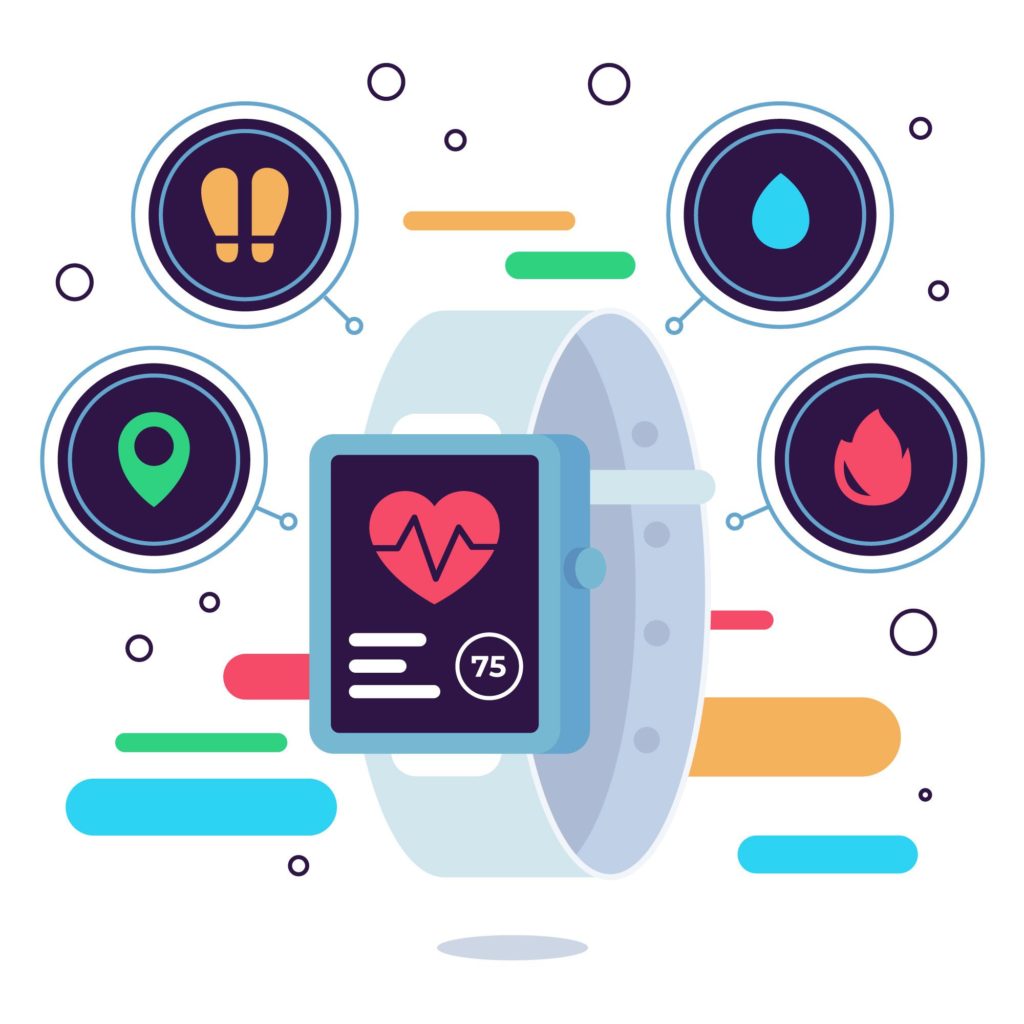In a period where persistent illness rates continue to climb, wearable innovation is developing as a significant partner in healthcare. These gadgets are not fair contraptions; they are capable apparatuses that offer assistance in overseeing conditions like diabetes, hypertension, and heart infection, progressing persistent results and decreasing the need for clinic visits.
The Affect of Wearables on Unremitting Infection Management
Wearable innovation has significantly changed how patients with persistent illnesses oversee their wellbeing. Gadgets that screen blood glucose levels, blood weight, and heart action are presently commonplace, advertising real-time information that patients and healthcare suppliers can utilise to make educated decisions.
Diabetes Administration: Persistent glucose monitors (CGMs) permit diabetics to track their blood sugar levels in genuine time, cautioning them to hyperglycemia or hypoglycemia some time recently when basic circumstances happen. This innovation bolsters way better glycaemic control and decreases the rate of complications.
Hypertension Control: Wearable blood weight screens empower patients with hypertension to keep a closer eye on their blood weight all through the day. This ceaseless observing makes a difference in recognising designs and triggers, encouraging more successful administration of the condition.
Cardiac Wellbeing Observing: Gadgets like ECG screens worn on the wrist offer assistance in distinguishing arrhythmias and other cardiac conditions early. For heart infection patients, this can create a cruel contrast between early mediation and major wellbeing events.
Case Considerations and Enquires about Insights
Several studies highlight the benefits of wearable innovation in overseeing inveterate infections. For instance, it has appeared that diabetic patients utilising CGMs for the most part accomplish superior blood sugar level control compared to those who screen glucose through conventional strategies. So also, hypertension patients utilising wearable screens have been able to alter their medicines more precisely, leading to way better blood weight control.
Expert Opinions
Healthcare experts progressively advocate for wearable technology as a portion of the incessant malady administration. Dr. Jane Smith, a cardiologist, notes, “Wearable innovation engages patients by giving them coordinated knowledge of the wellbeing information that matters most. This not as it were moves forward their understanding of their condition but also improves compliance with treatment protocols.”
Conclusion
As wearable innovation advances, its potential to change inveterate infection administration develops. With headways in exactness and the multiplication of gadgets, patients are picking up exceptional control over their wellbeing, leading to progressed results and a higher quality of life. Wearables are not fair changing lives; they are sparing them by giving significant wellbeing experiences that were once accessible in clinical settings.
